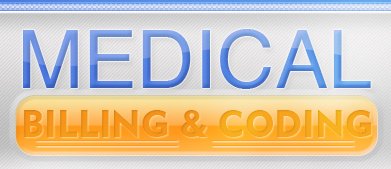Medical Coding and Billing Operation's CycleBoth medical billing and medical coding start with the patient's medical record. The medical record is first put into motion upon the patient's arrival.
Also upon the patient's arrival a copy of the patient's insurance card is taken and the patient is often asked to complete a form that asks personal questions, such as their address, date of birth (DOB), gender, ect. This form of personal information is known as "patient demographics". This type of information is very important to both billers and coders. If a coder needs to select a gender specific code they will need to reference the patient demographics to verify the patient's gender. Likewise, a medical biller will need to populate a claim form which must have the date and place of service as well as the patient's insurance information, date of birth, address, and many other details. Once the patient's information is received the patient is placed in a room where they are seen by the physician. The physician will examine the patient, and may review documents in the patient's medical chart, run and interpret tests, and may perform one or more procedures. Along with all of this information the physician will also document the patient's complaints, signs, symptoms, and any diagnosis that the physician assigns to the patient. After care to the patient is completed and fully documented the medical billing and coding process can begin. Medical Coding: A medical coder will read the medical record, which should include both physician and ancillary staff notes, tests and interpretations, and past encounters. They will then extract pertinent information from the record and select a set of codes from one of their three medical coding books. These codes are then assigned to each piece of information that the coder has extracted from the record. Once the medical record has been completely coded the process is transferred from the coder to the medical billing department. Medical Billing: Medical billers, also known as billing specialists, will then take the assigned medical codes and format them into a claim form.These claims forms are then sent by the billing specialist to the insurance company. Once the claim form has been received by the insurance company it will either be paid or denied. A statement called an "explanation of benefits" (EOB) is then sent from the insurance company to the medical billing office. This EOB can explain the reason for a claim denial, the payment distribution or un-billable amounts and patient obligations.
A billing specialist will then enter this information into their records. Statements can then be sent out to individual patients regarding
their account balance. Billers are also responsible for submitting appeal requests back to the insurance companies for denied claims and writing off un-billable services. Payments made by
patients may or may not be part of their responsibilies.
|
Cross-TrainingThe cycle of operations, also known as the billing cycle, involves both medical billers and coders. Since the two share duties that effect one another so closely it is important for both billers and coders to have a basic knowledge of what the other does.
Dual CredentialsMany individuals choose to hold both a medical coding and a medical billing certification.This provides multiple career options in both fields and gives the holder a competitive edge over those who hold only a single credential. |
|
|
RSS information

Enjoy This Site?
Then why not use the button below and add us to your favorite bookmarking service? |
||
|
| ||


 The location where services are being
rendered, such as the physician's office or the emergency room, is known as the "place of service" (POS). The date that the patient receives the care is known as the "date of service" (DOS).
Both of these pieces of information are recorded in the patient's medical record.
The location where services are being
rendered, such as the physician's office or the emergency room, is known as the "place of service" (POS). The date that the patient receives the care is known as the "date of service" (DOS).
Both of these pieces of information are recorded in the patient's medical record.